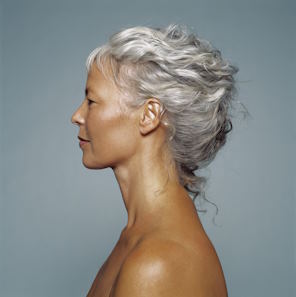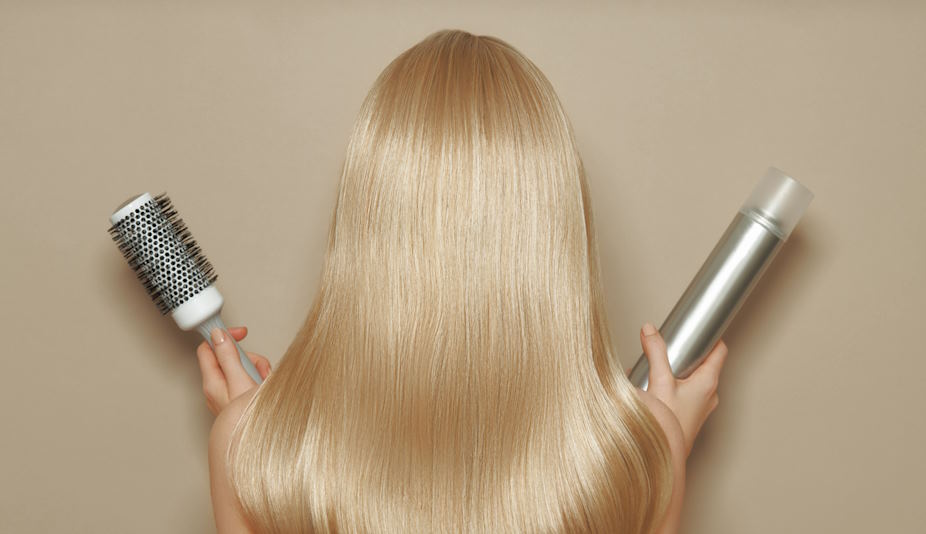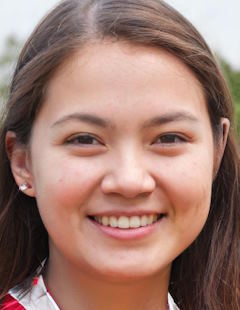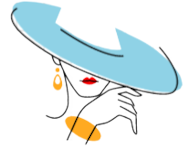As we age, our hair undergoes numerous changes that can affect its health, texture, and appearance. It becomes essential to adapt our hair care routine to address the specific needs of aging hair, in order to keep it looking youthful and vibrant. The natural aging process, combined with external factors, can lead to thinning, dryness, and loss of shine. However, with the right knowledge and care, it is possible to maintain healthy and beautiful hair as we grow older.
Hair Care Routine for Aging Hair
Gentle cleansing techniques:
- Choosing the right shampoo and conditioner:
When it comes to aging hair, it’s important to select hair care products specifically formulated for your needs. Look for shampoos and conditioners that provide nourishment, hydration, and gentle cleansing. Opt for products that are sulfate-free and enriched with ingredients like keratin, collagen, or vitamins to promote strength and elasticity.
 Frequency of washing:
Frequency of washing:
Unlike younger hair that may require daily washing, aging hair benefits from less frequent washing. Overwashing can strip the hair of its natural oils, leading to dryness and further damage. Aim to wash your hair every two to three days or as needed. Use a dry shampoo in between washes to refresh your hair and absorb excess oil.
Moisturizing and nourishing the hair:
- Importance of hydration:
Aging hair tends to be drier and more prone to breakage. Hydration is key to maintain its health and vibrancy. Use a moisturizing shampoo and conditioner that infuses your hair with moisture. Additionally, consider incorporating a hydrating hair mask or deep conditioning treatment into your routine once a week to provide intense nourishment.
- Using deep conditioning treatments:
Deep conditioning treatments are a wonderful way to restore moisture and vitality to aging hair. Look for products with ingredients like argan oil, shea butter, or hyaluronic acid. Apply the treatment generously to your hair, focusing on the ends, and leave it on for the recommended duration for maximum absorption and hydration.
Protecting hair from damage:
- Avoiding excessive heat styling:
Excessive heat styling can further weaken aging hair, leading to brittleness and breakage. Minimize the use of hot tools like straighteners and curling irons. When heat styling is necessary, use a heat protectant spray or serum to shield your hair from heat damage.
- Minimizing chemical treatments:
Chemical treatments such as perms, relaxers, or excessive coloring can be harsh on aging hair. Minimize the use of such treatments or opt for gentler alternatives. Consider embracing your natural hair color or exploring low-maintenance options like highlights or balayage.
- Protecting hair from UV rays:
Prolonged exposure to the sun’s UV rays can cause dryness and color fading in aging hair. Protect your locks by wearing a hat or using hair products that contain UV filters. These products create a barrier against the damaging effects of the sun, keeping your hair healthy and vibrant.
Handling and styling techniques:
- Using wide-toothed combs or brushes:
Aging hair is more delicate and prone to tangling. Replace narrow-toothed combs or brushes with wide-toothed ones to minimize breakage and reduce pulling. Gently comb or brush your hair, starting from the ends and working your way up to avoid unnecessary stress on the hair shaft.
- Being gentle while detangling:
Take extra care when detangling your hair, especially when it’s wet. Use a detangling spray or conditioner to help ease out knots and tangles. Start detangling from the bottom and gradually work your way up, using your fingers or a wide-toothed comb. Be patient and avoid pulling or tugging on your hair.
- Opting for low manipulation hairstyles:
Embrace low manipulation hairstyles that minimize stress on your hair. Avoid tight ponytails, braids, or updos that can cause tension and breakage. Instead, opt for loose styles, soft waves, or gentle buns that allow your hair to breathe and maintain its natural elasticity.

Lifestyle Factors Affecting Hair Health
Managing stress levels:
Stress can take a toll on both our physical and emotional well-being, and our hair health is no exception. Chronic stress can lead to hair loss, thinning, and a lackluster appearance. Managing stress levels is crucial for maintaining healthy hair. Incorporate stress-reducing practices into your daily routine, such as meditation, yoga, or deep breathing exercises. Find activities that help you relax and unwind, whether it’s reading a book, spending time in nature, or engaging in hobbies you enjoy. By managing stress, you promote a healthier environment for your hair to thrive.
Regular exercise and its impact on hair:
Regular exercise not only benefits our overall health but also has a positive impact on hair health. Engaging in physical activity increases blood flow to the scalp, which nourishes the hair follicles and promotes hair growth. Exercise also helps to reduce stress levels, which can indirectly contribute to healthier hair. Aim for at least 30 minutes of moderate exercise, such as brisk walking, cycling, or swimming, on most days of the week. Remember to protect your hair during exercise by tying it back loosely and using hair-friendly accessories to prevent breakage.
Avoiding smoking and excessive alcohol consumption:
Smoking and excessive alcohol consumption can have detrimental effects on hair health. Smoking restricts blood vessels, including those that supply nutrients to the hair follicles, leading to poor hair growth and a higher risk of hair loss. Excessive alcohol consumption can dehydrate the body, including the scalp, resulting in dry and brittle hair. Quitting smoking and moderating alcohol intake not only benefit your overall health but also contribute to healthier and more vibrant hair. Seek support from healthcare professionals or support groups if you need assistance in quitting smoking or reducing alcohol consumption.


